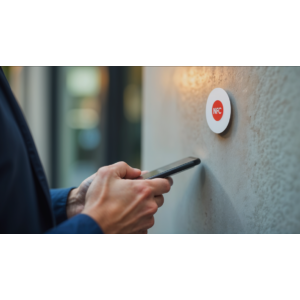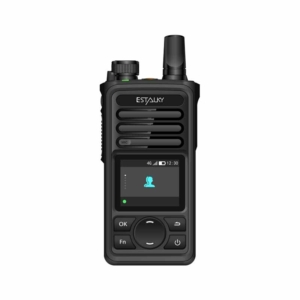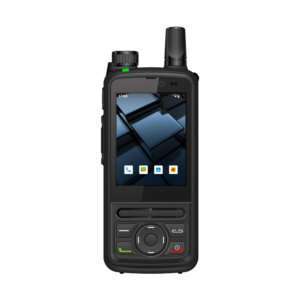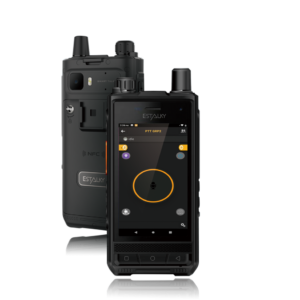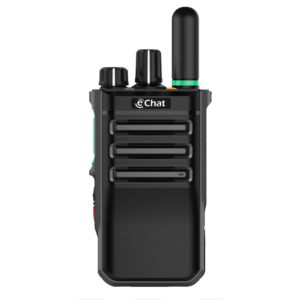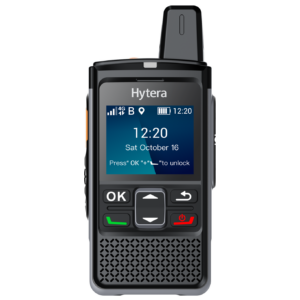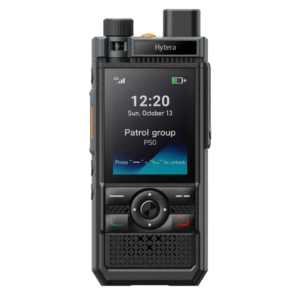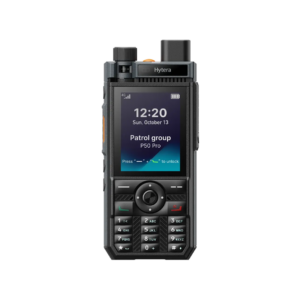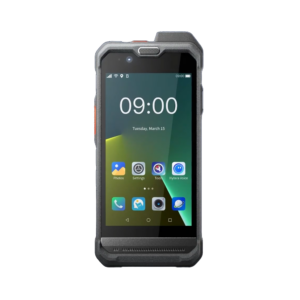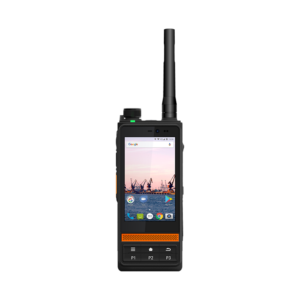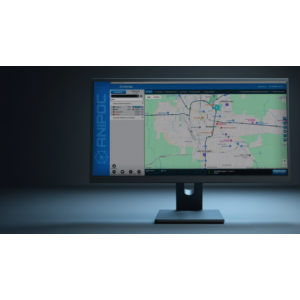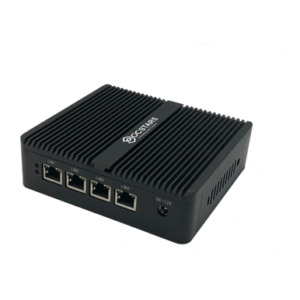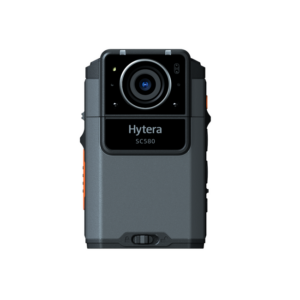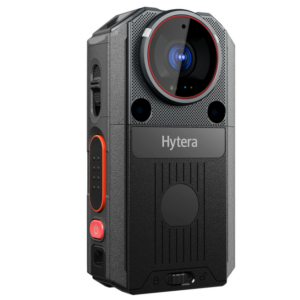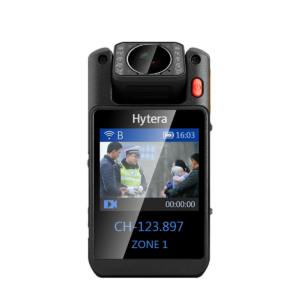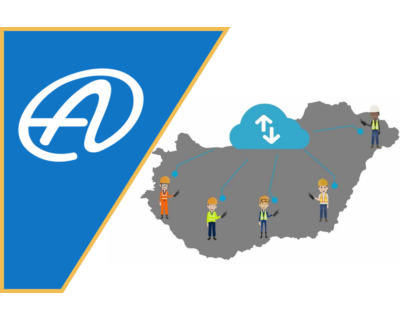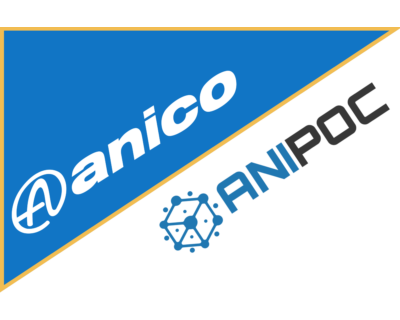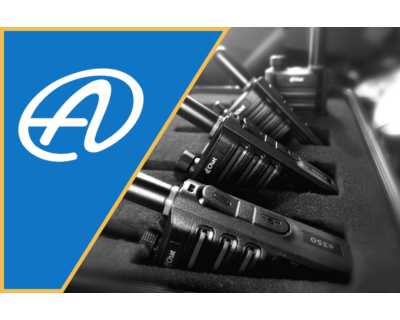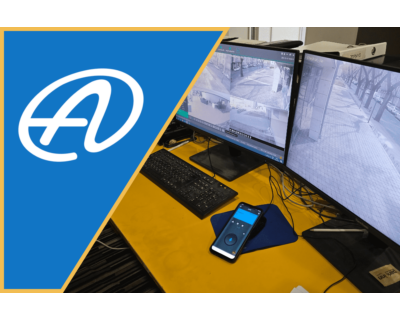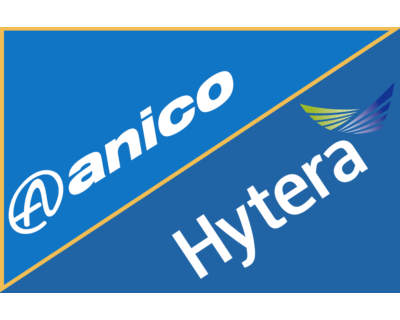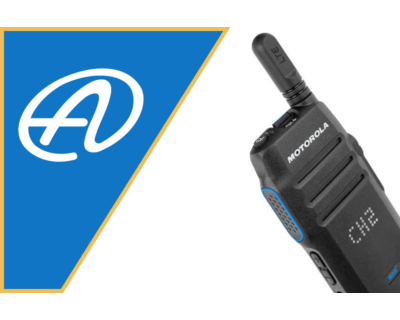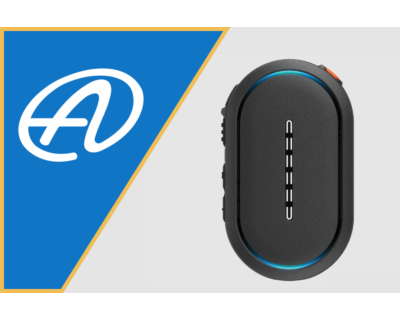In recent years, the world of transceivers has undergone tremendous changes, which we have been following closely. While traditional analog and digital radio systems used to dominate the market, Internet-based communication is now gaining ground, opening up completely new horizons for users.
The essence of PoC (Push-to-Talk over Cellular), or Internet-based radio communication, is that it combines the convenience and simplicity of traditional radio with the flexibility of modern mobile networks. As a result, users are no longer limited to a range of a few kilometers – they can connect with each other from anywhere in the world as long as they have internet access.
This trend is gaining ground not only worldwide, but also in Hungary. We felt it was time to take a look at where internet-based radio, referred to here simply as PoC technology, is headed in the world.

What happened 25 years ago?
Push-to-Talk over Cellular (PoC) began to take shape in the early 2000s, when mobile networks became more stable and data transmission became possible via GSM/3G systems. The first experimental systems were launched between 2001 and 2003, mainly in North America and Asia, where transceiver manufacturers worked with mobile operators to find an alternative to traditional radio communication networks.

We first encountered PoC systems at Anico around 8-10 years ago at the IWCE exhibition in Las Vegas, USA. Even then, it was impressive to see how PTT communication with unlimited range worked – but there were still plenty of shortcomings. For example, the volume of most devices was so low that they were almost unusable in industrial environments, network connections were often interrupted, and GPS signals were not always accurate.
Therefore, we decided to observe developments from a distance for a few years. We knew that manufacturers would eventually iron out the teething troubles, and of course we were also curious to see when and how the market leader Motorola would respond. The answer finally came with the WAVE system – although we had to wait a few more years for it.
The novelty of POC technology was that users could talk at the touch of a button, just like with a walkie-talkie, but the conversation took place over the internet and there were no distance restrictions. The devices connect to the service provider's server via the mobile network (3G, 4G, now 5G) or Wi-Fi. The server manages conversations, groups, and permissions, allowing users to communicate securely and quickly.
Among the first users of PoC technology were security companies, logistics companies, and transportation service providers. It proved particularly useful in areas where employees needed to communicate over large areas, even nationwide, and where the installation of traditional radio systems would have been too costly or complicated.
In North America, Nextel was one of the pioneers, launching its own PoC service around 2003. In Asia, Japanese and Chinese operators quickly recognized the advantages of the technology in metropolitan environments. In Europe, it gradually began to spread, mainly among industrial and transportation companies, and then became more widely known in later years.
Overall, PoC technology has become an economical and flexible alternative to classic radio systems over the years, but TETRA or professional DMR systems remain indispensable for critical communications.
The first POC system in the Anico portfolio
We monitored the market for about 2-3 years and waited for the right moment. In the meantime, DMR transceivers took off, gradually replacing traditional analog devices. However, they did not solve one problem: range limitations. The design and installation of repeaters needed to expand coverage was already a significant cost for customers, especially in the SME sector.
During this time, we tried out a lot of devices and manufacturers and tested countless PoC applications. It became increasingly clear to us that choosing which system to go with was a huge responsibility. Why? Because in this technology, the seller is largely at the mercy of the manufacturer: they provide the device, the software, the programs, and in many cases even the server. And if a problem occurs for the end user, it is up to us, the sellers, to solve it – even if the manufacturer is unavailable or simply unwilling to deal with the problem. And in this case, users are rightly upset.
About five years ago, around 2020, after several months of testing, we decided to sign a contract with ZTE's subsidiary, Caltta, in the first round. We first introduced the PoC system they distribute, called eChat, into Anico's portfolio. To this day, we operate the eChat system on our own server in Nyíregyháza, so GDPR compliance and high-speed data transfer were ensured from the outset.
In Hungary, we were among the first few to offer PoC solutions to customers with eChat, demonstrating how this technology can be integrated into the daily operations of various industries. We placed particular emphasis on consulting and training, as our goal is not just to sell the tool: we want to provide our customers with PoC technology as a long-term, sustainable communication solution. eChat is an extremely stable PoC system that has operated with an error rate of almost 0% over the past 5-6 years and has served numerous customers. We also use these devices to continuously handle daily radio rentals without error.

Although the system is stable, unfortunately, it did not offer all the features that our customers would have liked and that technology has since made possible. These include patrol functions, integration with other systems, the use of multiple channels, more advanced reporting options, a separate application that can be installed on almost anything, and an easy-to-install small handheld server. Therefore, we started looking for a new system to complement the existing eChat.
Life after eChat: the ANIPOC system
Based on our experience with the eChat system, we saw which features were missing, and it was time to move on. This is how the next-generation PoC solution entered Anico's portfolio, which we began to introduce to the market under our own brand name, ANIPOC.

ANIPOC is not only as stable as eChat, but also more flexible and customizable. It understands the needs of industrial and law enforcement users and offers features that our customers have been looking for for a long time. This change has enabled us to sell not just a tool, but a long-term, sustainable, comprehensive communication solution. With this step, we have taken our PoC service in Hungary to a new level and given our customers the choice to use the features and services that best suit their needs in their everyday communications.

We currently partner with several leading PoC transceiver manufacturers, offering PoC devices from Motorola, Caltta, Hytera, Estalky, Telox, and Inrico. The portfolio includes both handheld and mobile transceivers that can even be installed in cars, allowing for flexible use in different work environments.
The devices are supported by our ANIPOC system, which can even be installed on smartphones, allowing devices from different manufacturers and mobile phones to be used in a single system, simplifying communication and group management.
The ANIPOC dispatcher program is also connected to the entire system, offering additional functions to users, such as patrol license management. The integration of body cameras deserves special attention: devices that operate in online mode and can also be used as PoC transceivers can be connected to the system. This allows for the combination of real-time video and audio communication, providing users with a comprehensive, mobile surveillance and security solution.
New: integration of body cameras and drones in PoC systems
Modern PoC transceiver systems are not limited to voice communication, but are increasingly integrating various multimedia devices such as body cameras and drones. This development is particularly important for security services, industrial facilities, and large event surveillance.

Body cameras with online mode that can be connected to the PoC system enable real-time video and audio transmission, while the camera also functions as a PoC transceiver. The advantage of this is the real-time flow of information to the dispatcher and the recording of evidence to document events on site.

In addition to body cameras, drones combined with PoC systems add a new dimension to field surveillance. Real-time video tracking from an aerial perspective, which is particularly useful for monitoring large areas or event security, while direct PoC communication can be established between the drone operator and the ground team, enabling a rapid response.
Where is the world of PoC headed, or what will the next few years bring?
The development of PoC technology is closely linked to the development of mobile networks and digital solutions. Thanks to 5G networks, low latency and high bandwidth enable even faster, more stable communication and the widespread use of new features such as live video transmission.
Artificial intelligence enables AI-based speech recognition, translation, and data analysis to be integrated into PoC systems, simplifying communication in multilingual environments.
In the future, PoC systems will increasingly be connected to other industrial IoT solutions, such as vehicle tracking, access control systems, and camera networks. With hybrid solutions, future transceivers will support both classic radio frequency DMR/TETRA and PoC communication, allowing users to take advantage of both technologies. There is almost no need to wait for this, as the first hybrid devices are already available for testing and purchase.

At Anico, we believe that future PoC systems will increasingly become complex communication platforms: software developments will integrate them into the corporate IT environment, while hardware innovations will target user needs in terms of reliability, durability, and versatility. Trends show that PoC is less and less considered a simple transceiver and more of a mobile workstation that supports field workers with voice, data, and video communication capabilities.
You can read more about the ANIPOC system here: ANIPOC: The group communication system of the future
If you would like to try out our PoC system, fill out the form at the bottom of the page and you could have the devices delivered to you within a few days! www.anico.hu/anipoc










